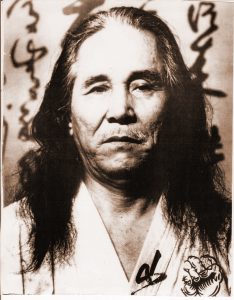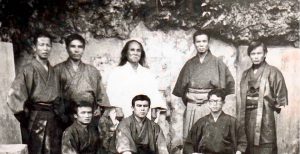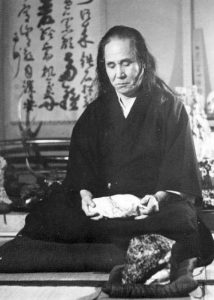Within modern Goju-ryu, there are four main schools. Three of these stem directly from dojo`s opened in Okinawa by former students of Chojun Miyagi.
We would expect there to be some differences, and there were… The way the students fought and how they applied movements in kihon and kumite were way different.
Japanese Goju-ryu became very popular, and Yamaguchi Gogen sensei can be credited with bringing the style to the rest of the world.


GoJu Ryu is distinctive in that it has remained largely unchanged from its original Chinese combat arts with Lin Shixan (White Crane).
Contact Seiwa Kai Cape town on more for how to join us

In due course, Yamaguchi formulated his own system of “Goju Shinto,” a combination of Goju style karate, yoga and shinto, with some zen included too.
How It spread to mainland Japan
Japanese Goju-ryu has become very popular, and Yamaguchi Gogen sensei can be credited with bringing the style to the rest of the world.
Japan Karate Federation (JKF) Goju Kai
Japan Karate-do Federation was established in 1964 to organise and oversee all styles of traditional Japanese Karate. This organisation is part of Japan’s Ministry of Education, Culture, Sports, Science and Technology (文部科学省 Monbu-kagaku-shō).
Mr. Seiichi Fujiwara Hanshi is the President and Chief Instructor of Seiwakai Goju Ryu international. He holds an 8th Dan with the JKF Goju Kai and currently serves as the Head of Overseas Committee.